Derivatives
A derivative is a measure of how a function changes as its input changes. It represents the rate of change of the function at a particular point. In calculus, the derivative of a function is denoted by f'(x) or dy/dx, and it tells us how the function's output changes with respect to its input.
Calculating Derivatives
There are several methods for calculating derivatives, including:
- Using the power rule: If f(x) = xn, then f'(x) = nxn-1
- Using the product rule: If f(x) = u(x)v(x), then f'(x) = u'v + uv'
- Using the chain rule: If f(x) = g(h(x)), then f'(x) = g'(h(x)) * h'(x)
Applications of Derivatives
Derivatives have many applications in real-world problems, including:
- Finding maximum and minimum values of functions
- Modeling rates of change in physics and engineering
- Optimizing functions in economics and business
Study Guide
When studying derivatives, it's important to:
- Understand the basic rules for finding derivatives, such as the power rule, product rule, and chain rule
- Practice solving problems involving derivatives to gain fluency in the techniques
- Apply derivatives to real-world scenarios to understand their practical significance
Remember to always check your understanding by solving problems and seeking help when needed. Understanding derivatives is crucial for mastering calculus and its applications.
.◂Math Worksheets and Study Guides Seventh Grade. The Pythagorean Theorem
Study Guide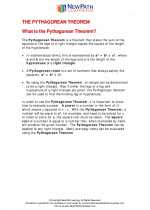 The Pythagorean Theorem
The Pythagorean Theorem  Study Guide
Study Guide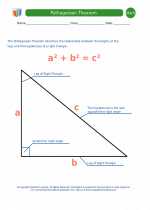 Pythagorean Theorem Definitions
Pythagorean Theorem Definitions  Worksheet/Answer key
Worksheet/Answer key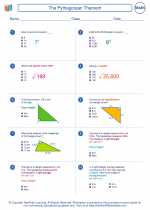 The Pythagorean Theorem
The Pythagorean Theorem  Worksheet/Answer key
Worksheet/Answer key The Pythagorean Theorem
The Pythagorean Theorem  Worksheet/Answer key
Worksheet/Answer key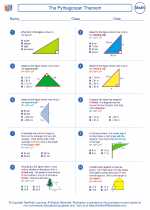 The Pythagorean Theorem
The Pythagorean Theorem  Worksheet/Answer key
Worksheet/Answer key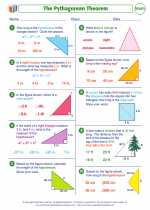 The Pythagorean Theorem
The Pythagorean Theorem  Worksheet/Answer key
Worksheet/Answer key Pythagorean Theorem Distance Problems
Pythagorean Theorem Distance Problems  Worksheet/Answer key
Worksheet/Answer key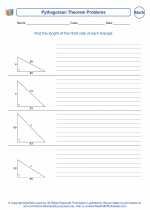 Pythagorean Theorem Problems
Pythagorean Theorem Problems  Worksheet/Answer key
Worksheet/Answer key Pythagorean Theorem Distance Problems
Pythagorean Theorem Distance Problems  Worksheet/Answer key
Worksheet/Answer key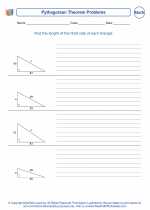 Pythagorean Theorem Problems
Pythagorean Theorem Problems  Worksheet/Answer key
Worksheet/Answer key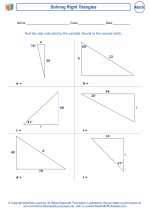 Solving Right Triangles
Solving Right Triangles  Worksheet/Answer key
Worksheet/Answer key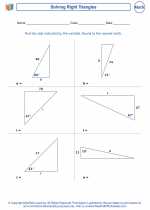 Solving Right Triangles
Solving Right Triangles 

 Study Guide
Study Guide
 Worksheet/Answer key
Worksheet/Answer key
 Worksheet/Answer key
Worksheet/Answer key
 Worksheet/Answer key
Worksheet/Answer key
 Worksheet/Answer key
Worksheet/Answer key
 Worksheet/Answer key
Worksheet/Answer key
 Worksheet/Answer key
Worksheet/Answer key
 Worksheet/Answer key
Worksheet/Answer key
 Worksheet/Answer key
Worksheet/Answer key
 Worksheet/Answer key
Worksheet/Answer key
 Worksheet/Answer key
Worksheet/Answer key

The resources above cover the following skills:
Geometry (NCTM)
Analyze characteristics and properties of two- and three-dimensional geometric shapes and develop mathematical arguments about geometric relationships.
Create and critique inductive and deductive arguments concerning geometric ideas and relationships, such as congruence, similarity, and the Pythagorean relationship.